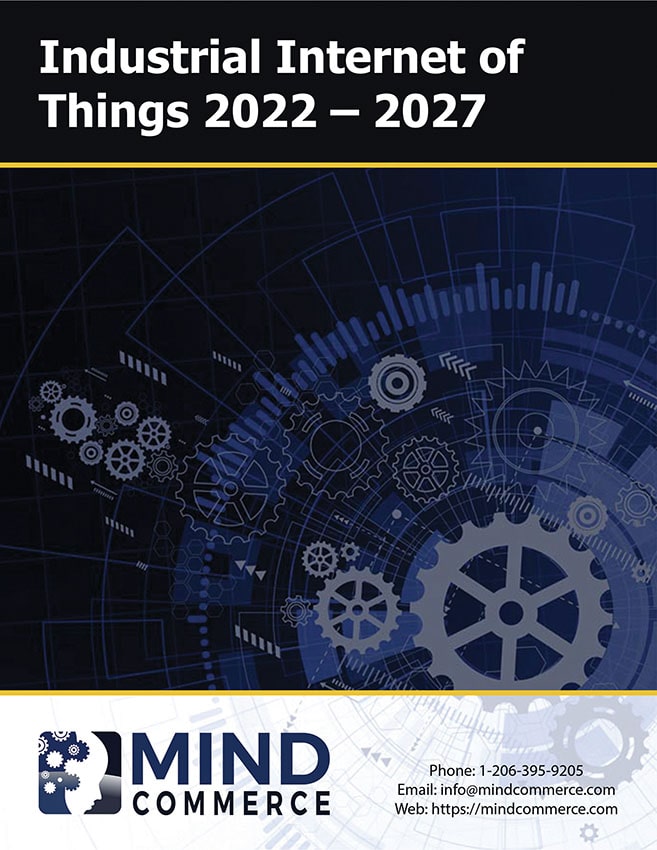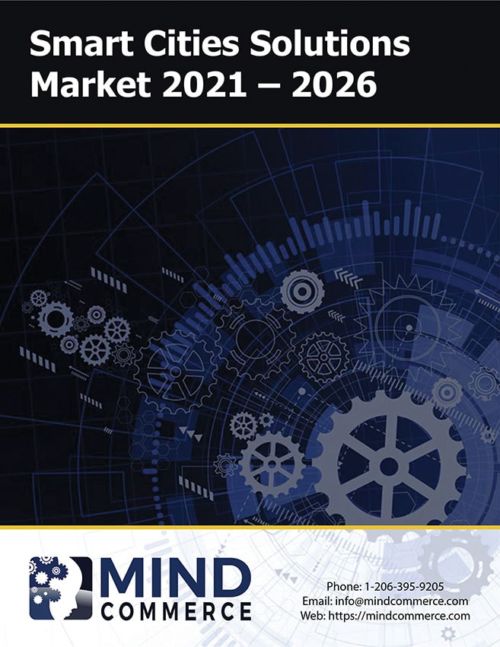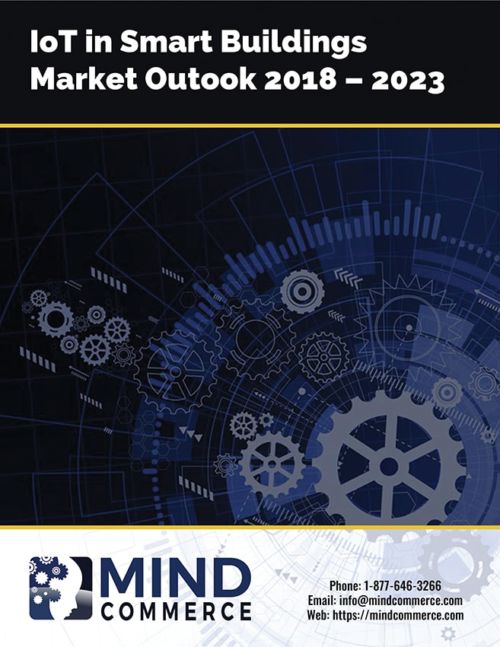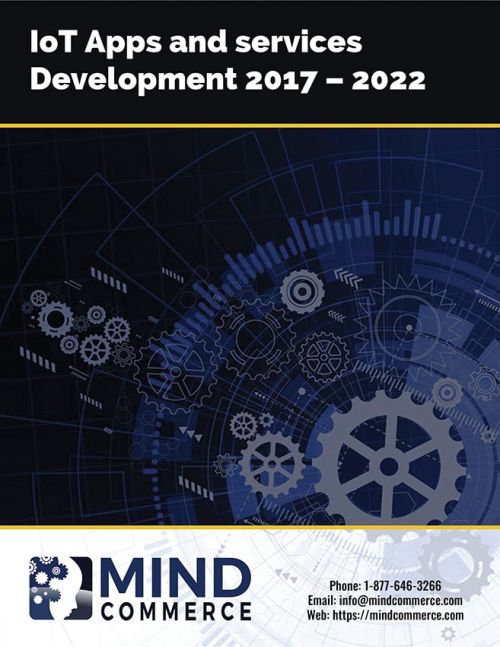Description
Industrial Internet of Things (IIoT) solutions are poised to transform many industry verticals including healthcare, retail, automotive, and transport. For many industries, IIoT will significantly improve reliability, production, and customer satisfaction. While, IIoT will initially improve existing processes and augmented current infrastructure, the ultimate goal will be to realize entirely new, and dramatically improved products and services. Successful companies will be those that understand how and where to leverage technologies and solutions within the IIoT market to drive opportunities for operational improvements, new and enhanced products and services, as well as completely new business models.
IIoT Market Dynamics
IIoT will significantly improve reliability, production, and customer satisfaction. Initially focusing on improving existing processes and augmented current infrastructure, IIoT will rely upon as well as integrate with certain key technologies, devices, software, and applications. IIoT involves a substantial breadth and depth of technologies, many of which require careful integration and orchestration. Leading managed service providers are looking beyond core Machine-to-Machine (M2M) communications towards more advanced services that involve IoT platform and device mediation, data management, and application coordination.
M2M messaging itself is evolving to a more flat hierarchical structure with edge computing networks, which will require managed privacy and security services to ensure data integrity and asset protection. M2M communications for IIoT will become increasingly necessary for enterprise and industrial organizations that wish to fully leverage IoT technologies. Data analytics solutions provide the means to process vast amounts of machine-generated, unstructured data captured by M2M systems. As IIoT progresses, there will an increasingly large amount of unstructured machine data. The growing amount of machine generated industrial data will drive substantial opportunities for AI support of unstructured data analytics solutions.
One clear area of improvement for industrial businesses will be teleoperation and tele-robotics as various industries will leverage the ability to control real machines/equipment by virtual object through master controlling interfaces. Mind Commerce sees teleoperation being transformed by digital twin technologies, which refers to the mapping of the physical world to the digital world in which IoT Platforms and Software are leveraged to create a digital representation of physical object or asset. The digital twin of a physical object can provide data about the asset such as its physical state and disposition.
The use of 5G for IIoT networks will be of great importance to certain industry verticals such as agriculture, logistics, and manufacturing. The combination of robotics, teleoperation, and cloud technologies is poised to transform enterprise operations, industrial processes, and consumer services across many industrial related industry verticals. All of these industrial sectors will also require efficient and effective computing systems.
IIoT Market Solutions are Evolving from Operational Transparency to Proactive Maintenance and Corrective Action
There is a substantial opportunity for both a centralized cloud “as a service” model within the IIoT market for software, platforms, and infrastructure as well as edge computing cloud solutions for industry. The combination of robotics, teleoperation, and cloud technologies is poised to transform industrial processes across many industry verticals.
The industrial sector is rapidly integrating IIoT market solutions with many of the aforementioned technologies. This convergence will have a profound effect on industrial processes as well as create opportunities for product and service transformation. In some cases, entirely new business models will result from integration with broadband wireless and cloud technologies as the “as a service” model transforms many existing products into services.
In addition, IIoT market solutions are evolving from transparency into operations to proactive maintenance and correction. Looking beyond command and control of machinery and processes, IoT data itself will become extremely valuable as an agent of change for product development as well as identification of supply gaps and realization of unmet demands.
IIoT Market Report
This research evaluates the IIoT market including technologies, companies, applications, services, and solutions. The report includes IIoT market sizing with forecasts covering the global and regional IIoT outlook as well as IIoT by industry vertical, software, hardware, and services for the period 2022 to 2027. The report considers technologies supporting the IIoT market including 5G, AI, and advanced data analytics.






